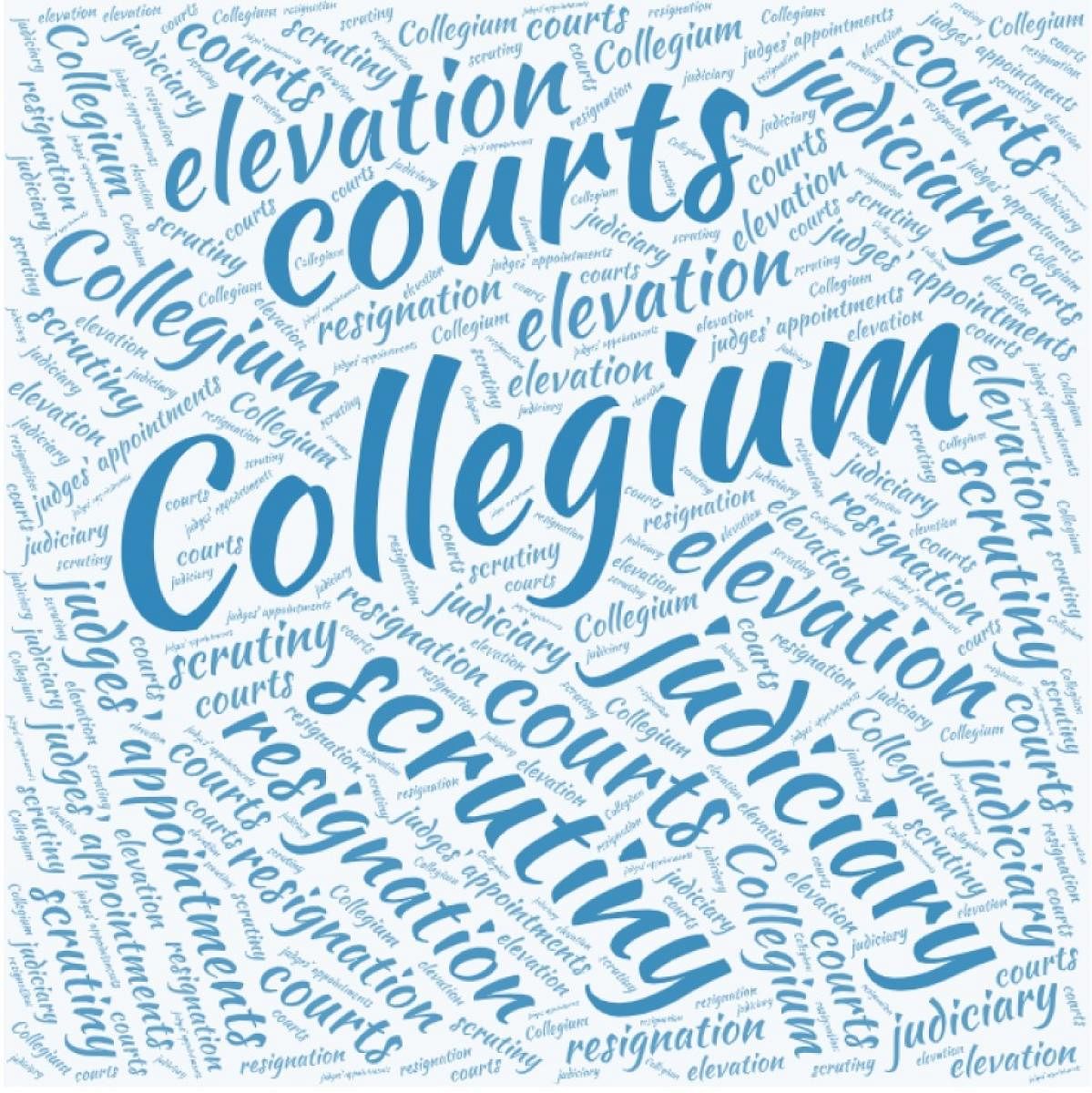The trinity of fairness, transparency and accountability form the bedrock of an effective and independent judicial system. Likewise, legal reasoning, justifiability and confirming to judicial ethics remain the hallmarks of judicial decisions, judicial appointments as well as judicial behaviour.
Constitutionally speaking, this hexagon of judicial character shall remain entrenched in every decision concerning appointments of judges at all levels of judicial hierarchy. However, the archive of judicial appointments in India is full of contradictions and application of differential norms.
This paradox is vividly reflected in the fact that factors contending which, the Supreme Court arrogated the power of appointment of judges from the executive are robustly practiced by the Supreme Court collegium.
The recommendations of collegium (August 28, 2019 ) to elevate Chief Justices of Himachal Pradesh, Punjab and Haryana, Rajasthan and Kerala High Courts — Justice V Ramasubramanian, Justice Krishna Murari, Justice S Ravindra Bhat and Justice Hrishikesh Roy, respectively - as apex court judges have once again validated that whether it is appointment of a chief justice of a high court or of judges to the SC, choices have generated controversy.
Collegium never assigned any credible parameters for decrypting one judge more worthy than — superseding many of his senior brother and sister judges.
There are many judges senior to these four, both in terms of initial appointment as judge of the HC and later as the chief justice of HCs. Justice V K Thahilramani, Chief justice Madras HC, Justice Pradeep Nandrajog, Chief Justice of Bombay HC have been much senior in all-India seniority list as well as seniority list of chief justices of HCs. Chief Justice of Karnataka HC Justice Abhay Shreeniwas Oka has also been senior in the seniority list.
Justice Dhirubhai N Patel is senior to Justice Bhat, Justice Ramasubramanian and Justice Hrishikesh Roy. Justice Gita Mittal was appointed HC judge on same day as Justice Bhat and senior to Justice Ramasubramanian and Justice Roy.
There are many justices senior to Justice Ramasubramanian and Justice Roy such as Justice Govind Mathur, Justice Thottathil B Radhakrishanan, Justice Ajay Kumar Mittal, Justice K S Jhaveri and Justice Ameshwar Pratap Sahi.
While this in not to question the competence of four elevated judges, the fact that senior judges of the HCs - Justices Thahilramani, Oka, Gita Mittal, Nandrajog and Jhaveri have been superseded sans any justification, is what has raised many an eyebrow.
Supreme Court judge Justice Sanjay Kishan Kaul wrote to Chief Justice of India Ranjan Gogoi and expressed his concerns when Justice Pradeep Nandrajog was initialwly superseded and a much junior judge was elevated to SC. This was done by overruling the collegium’s decision when Justice Arun Mishra replaced Justice Madan Lokur and its composition was changed.
One of the judges elevated was also at the centre of a controversy. It was questioned by Justice Chelameswar for an enquiry which he initiated on the basis of a government letter, against a judge recommended by the Supreme Court Collegium for elevation to the HC.
Not to anyone’s surprise, the collegium has once again modified its earlier recommendation to appoint Justice Akil Kureshi (who passed remand orders to put Amit Shah, now Union Home Minister, in police custody) as the Chief Justice of Madhya Pradesh HC and now recommended him as the Chief Justice of Tripura HC.
As usual, no reason was given for this abrupt modification and therefore decision prima facie appears to be deceptive. As no remedy lies against collegium decision, Justice Kureshi has only option to resign.
The SC collegium made another arbitrary recommendation to transfer one of the most senior judges of the HC - Justice Tahilramani - who was appointed as the chief justice of Madras HC on August 8, 2018. She was transferred to the Meghalaya HC. Incidentally, she had given a ruling in May 2017, upholding the conviction and life imprisonment of 11 accused in Bilkis Bano gang-rape case while setting aside the acquittal of seven persons, including policemen and doctors.
A judge is appointed as chief justice of HC initially in smaller HCs and senior-most judges are given bigger HCs considering their experience and ability to discharge a lot of administrative powers vested in chief justice of any HC.
One among equals
Therefore, senior-most judges, particularly those appointed as chief justices at bigger HCs, are usually not transferred to such a small HC, rather considered for elevation to SC. This is one of the constitutional conventions evolved over the years and has same sanctity as the convention that senior-most judge of the SC will be the Chief Justice of India, otherwise he is also one among equals.
Justice Tahilramani made a representation against the collegium’s decision but perhaps could not realise that collegium has emerged as the only institution in our constitutional framework which cannot be questioned on any ground whatsoever.
The only remedy against collegium’s capricious decision is to resign and get rid of all humiliations. Thus, Justice Tahilramani resigned and the President apparently had to accept her resignation.
Though we fail to understand, why same standards of judicial scrutiny, which Supreme Court has applied in case of all other arbitrary transfer and appointment processes, cannot be extended to the decisions of the collegium?
Why an aggrieved or public spirited person is not permitted to approach court as done in the past, if collegium takes erroneous factors into consideration or does not take relevant factors into consideration as it was done earlier.
If collegium’s opaque process of appointment and transfer will continue like this, our HCs will be turned out to be subservient units of the apex court, which is against the spirit of constitution.
(The writer is Professor of Law and Registrar, National Law University, Odisha)
